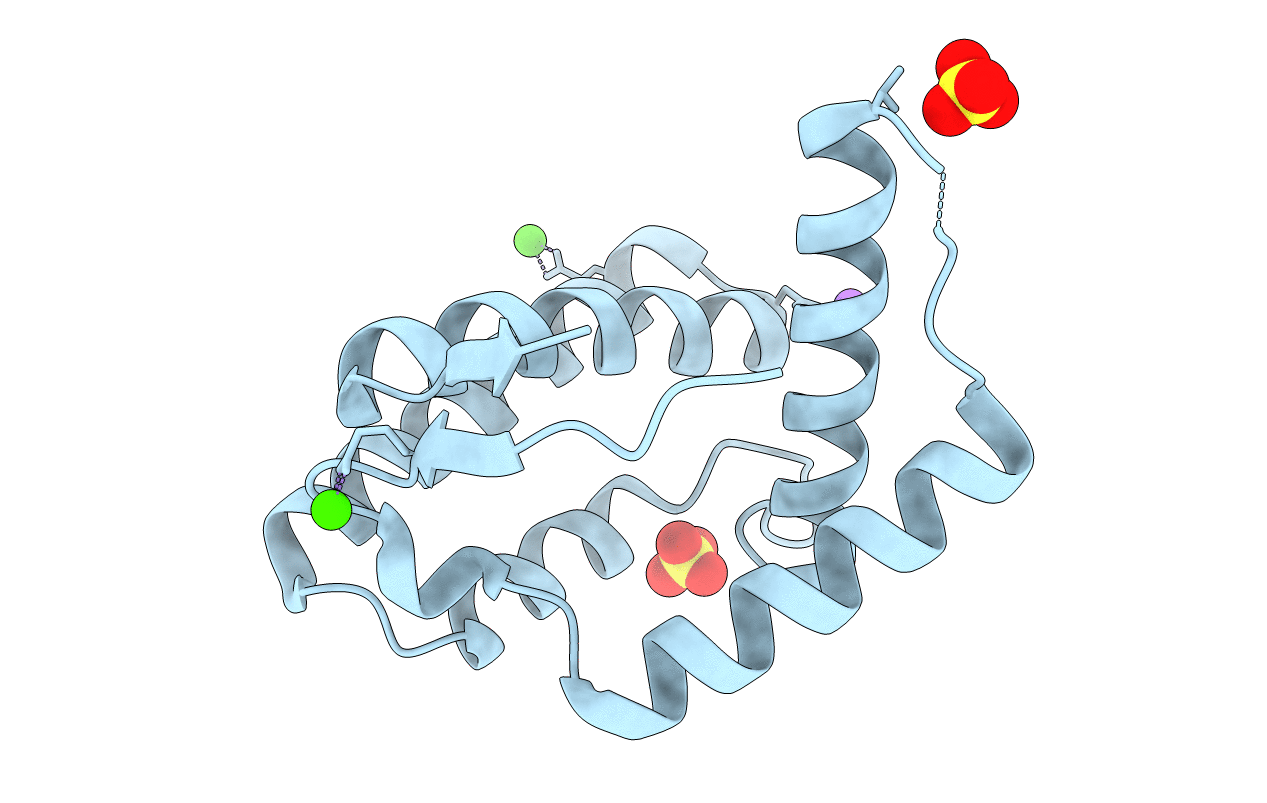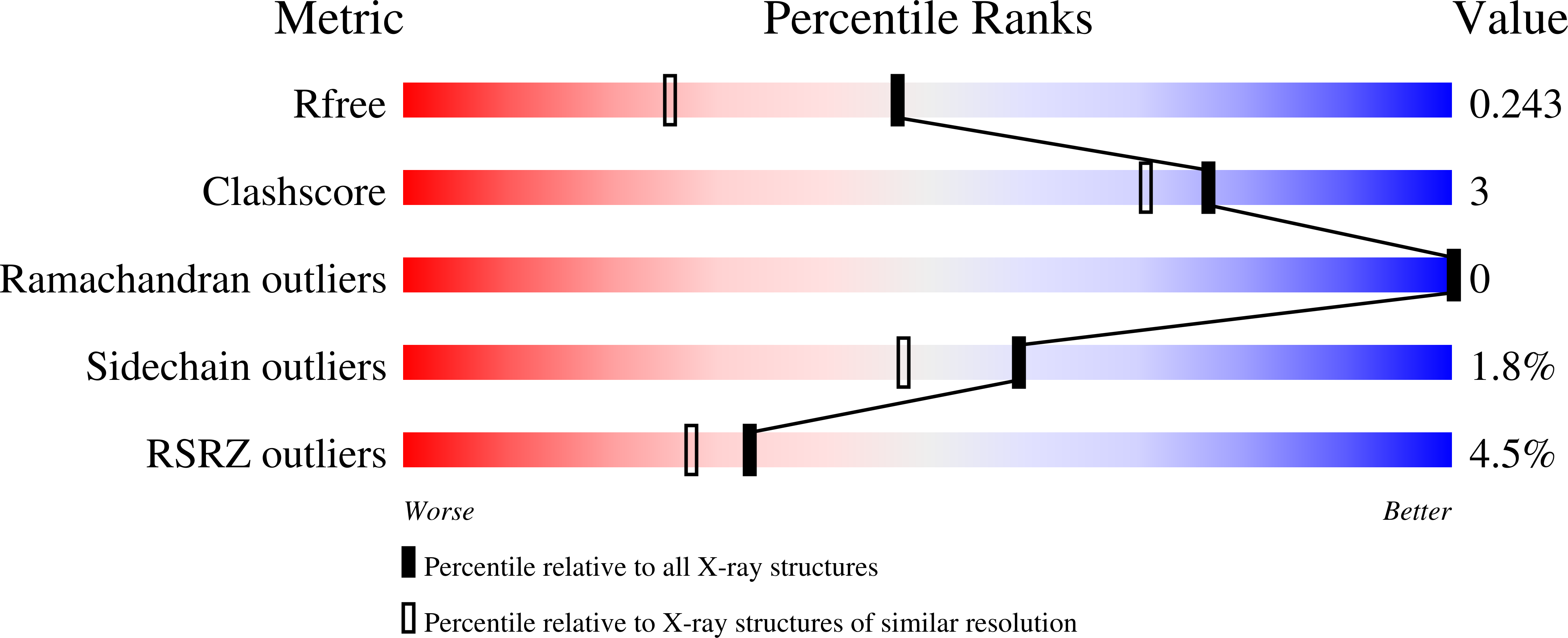
Deposition Date
2021-03-22
Release Date
2021-07-07
Last Version Date
2024-10-09
Entry Detail
PDB ID:
7NYJ
Keywords:
Title:
Structure of OBP1 from Varroa destructor, form P3<2>21
Biological Source:
Source Organism:
Varroa destructor (Taxon ID: 109461)
Host Organism:
Method Details:
Experimental Method:
Resolution:
1.81 Å
R-Value Free:
0.22
R-Value Work:
0.18
R-Value Observed:
0.18
Space Group:
P 32 2 1


